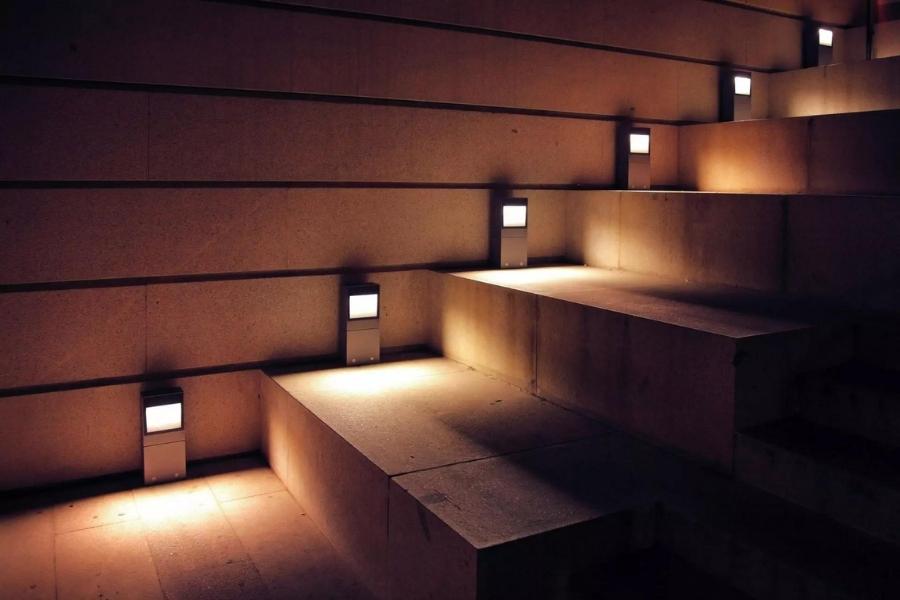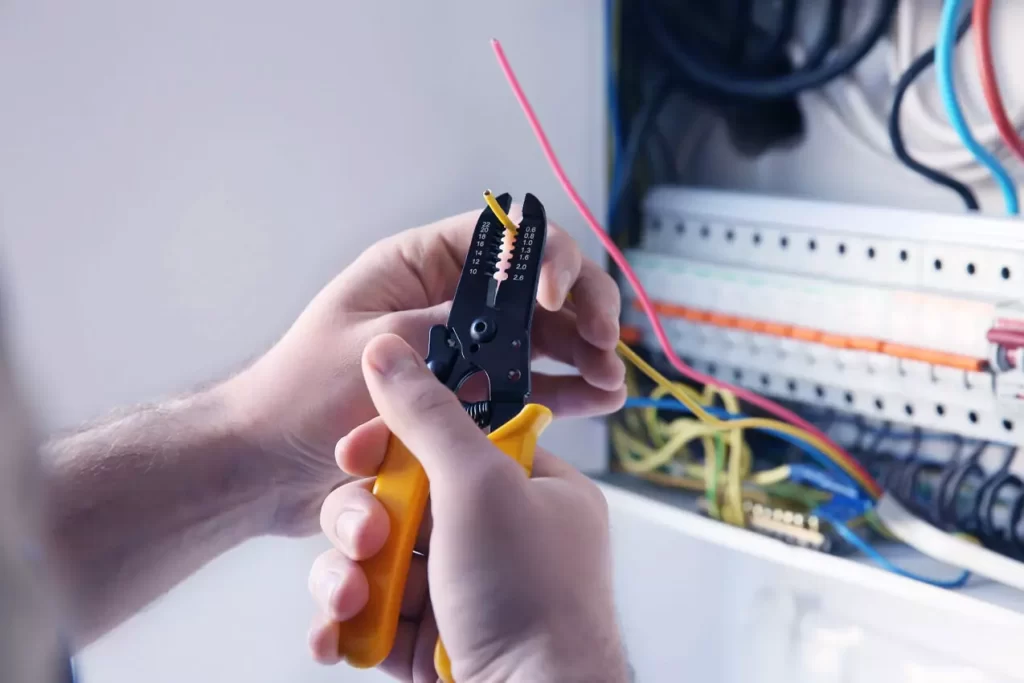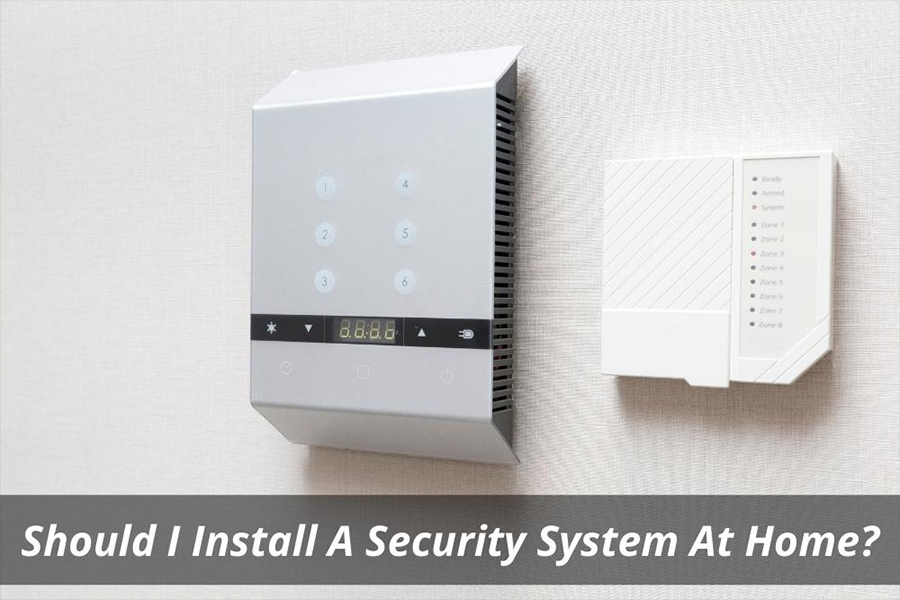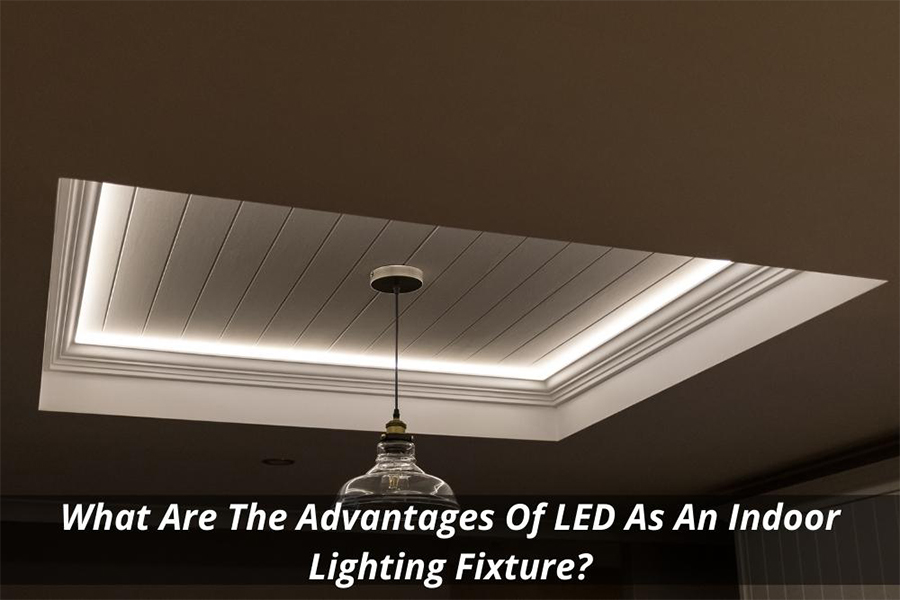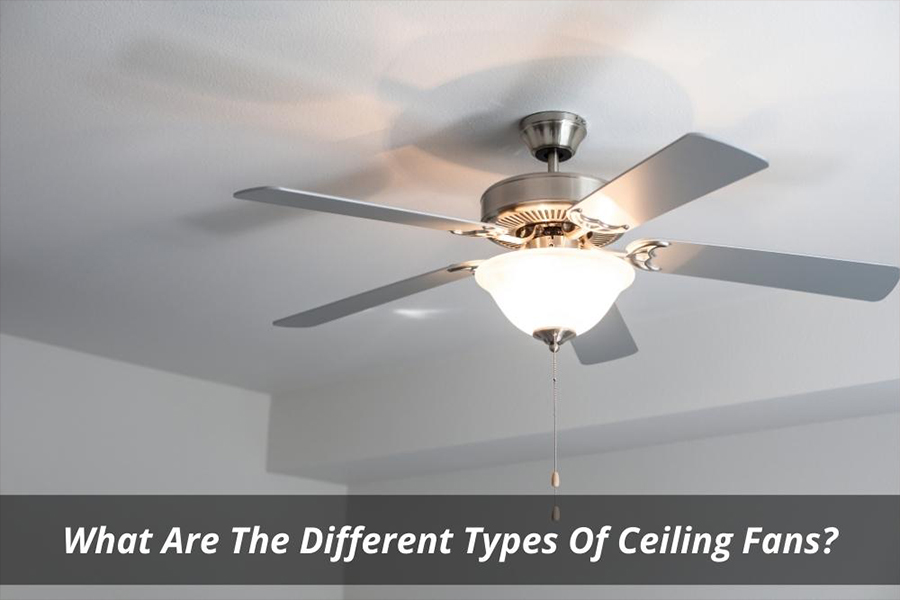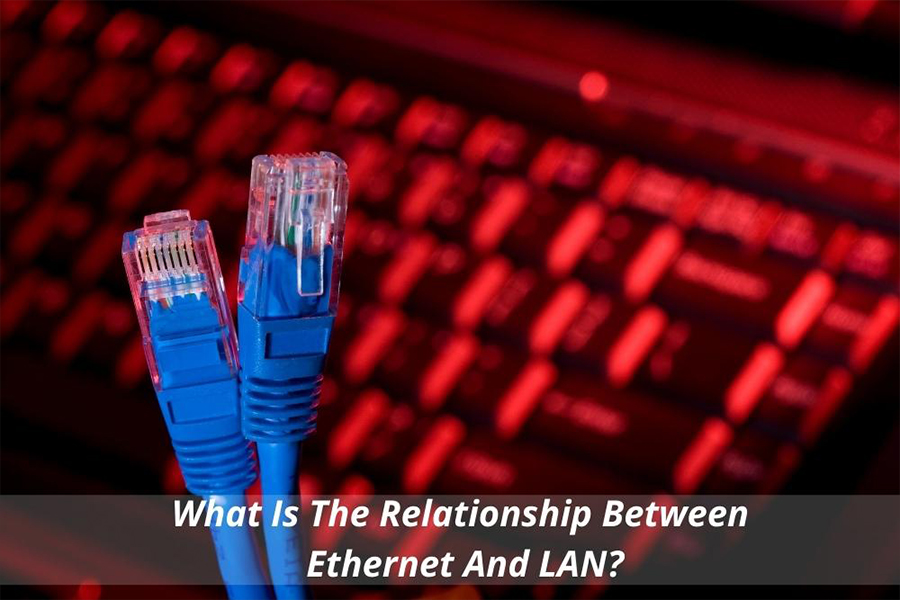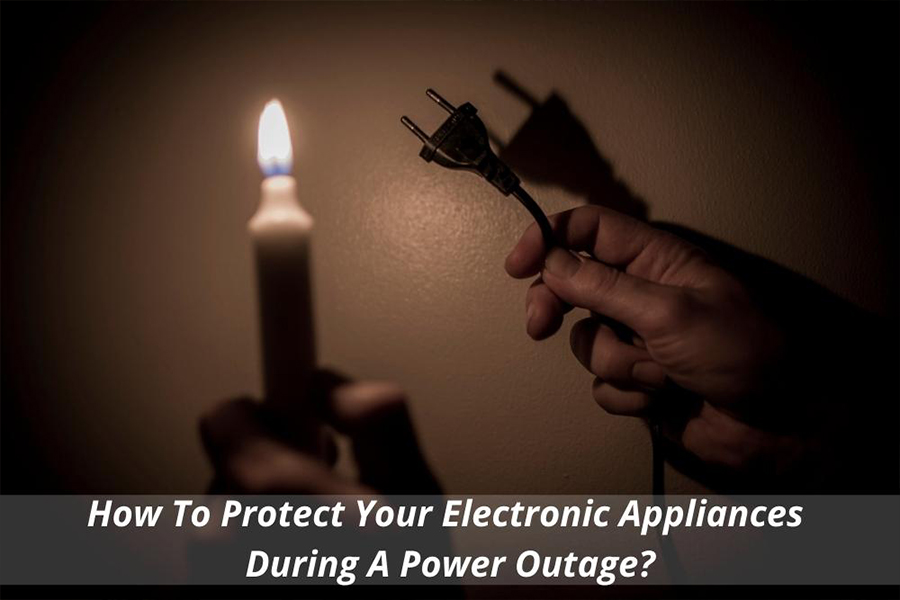Outdoor lighting has been around since prehistoric times. In fact, some cave paintings show evidence of torches being used for illumination. Today, outdoor lighting has become essential to modern life.
Outdoor lights are great for creating ambience and adding colour to your home. They also provide security and safety outside your house. Unfortunately, they aren’t always installed correctly or maintained properly. If you want to add these benefits to your property, you need to install outdoor lighting correctly. If you are planning to install outdoor lights here are some things you need to consider:
1. Light spectrum
The light spectrum refers to the range of wavelengths of visible light emitted by a light source. Different types of light have different spectrums, and each type affects the plant differently.
2. Intensity
Intensity refers to how much light is being emitted by a light source at any given time. Higher intensity means that the light is brighter and therefore more powerful.
3. Colour temperature
Colour temperature refers to the colour of light that is produced by a light source. Cooler colours mean that the light is bluer, while warmer colours are redder.
4. Duration
Duration refers to how long a light source emits light. Longer duration means that the light is stronger and longer lasting.
5. Power consumption
Power consumption refers to how much electricity is consumed by a light source. Lower power consumption means that less electricity is used to produce the same amount of light.
6. Longevity
Longevity refers to how long a bulb lasts before needing replacement. Bulbs with lower lumen output tend to last longer than bulbs with high lumens.
7. Lumen maintenance
Lumen maintenance refers to how often a light should be replaced. If a light’s lumen output decreases over time, then it may need to be replaced sooner rather than later.
What are you concerned about buying outdoor led lights?
1. Power Supply
The power supply is the most important aspect of any lighting system. If the power supply is not powerful enough, then the LED bulbs won’t work properly. You should always buy a high-quality power supply that can handle the current draw of your LEDs.
2. Heat Dissipation
Heat dissipation is the second most important factor when choosing an outdoor LED lighting system. A good quality power supply will have adequate heat dissipation.
3. Light Output
Light output is the third most important factor when purchasing an outdoor LED lighting system, especially if you plan on using them indoors. Make sure that the light output of the LED bulbs matches the amount of light that you need.
4. Colour Temperature
Colour temperature is the fourth most important factor when choosing outdoor LED lighting systems. You want to make sure that the colour temperature of the LED bulbs matches what you want.
5. Size
Size is the fifth most important factor when choosing a high-quality outdoor LED lighting system. You want to make certain that the size of the LED bulbs matches the space that you have available.
6. Warranty
Warranty is the sixth most important factor when choosing high-quality outdoor LED lights. You want to make absolutely certain that the manufacturer offers a warranty.
7. Ease of Installation
Ease of installation is the seventh most important factor when choosing the best outdoor LED lighting system. Make sure that the LED bulbs are easy to install.
How do I choose outdoor lighting?
1. Determine what type of lights you want to use.
There are many different types of lights out there, each with its own advantages and disadvantages. You need to decide if you want to go with LED lights, HID (High-Intensity Discharge) bulbs, or fluorescent lights. Each type of bulb has its own strengths and weaknesses, and choosing the right one for your growing space is important.
2. Choose a location for your lights.
Outdoor lighting installation should not be placed where they will be exposed to direct sunlight. If possible, place them away from windows, doors, and any other area that may cause glare.
3. Decide how much light you want.
The amount of light you want to have will depend on the time of year, the size of your grow room and the type of plants you are growing. Generally speaking, smaller growth will require less light than larger ones.
4. Consider the height of your lights.
If you plan to grow taller plants, make sure your lights are high enough to reach the tops of the plants. Taller plants will require more light than shorter ones.
5. Choose a colour temperature.
Colour temperatures are measured in Kelvin degrees. A higher number means warmer colours, while lower numbers mean cooler colours. Warm colours are best for flowering and fruiting, while cool colours are best for vegetative growth.
6. Look at the spectrum of light.
LED lights produce a narrow range of wavelengths, meaning that only certain parts of the visible spectrum are emitted. Fluorescent lights emit a wider range of wavelengths, making them ideal for vegetative growth. HID bulbs are similar to fluorescent lights, except they emit a broader range of wavelengths.
7. Consider the lifespan of your lights.
LED lights last longer than fluorescent lights, but both types of bulbs degrade over time. Make sure you purchase quality bulbs that won’t burn out prematurely.
How do I properly maintain outdoor lights?
1. Cleaning
Cleaning your lighting system is extremely important. You want to make sure that everything is clean and free of debris before using them again. If you have any dirt or debris on the fixtures, it could cause issues with the amount of light they produce. To clean your lights, simply use a soft brush and water to remove any dirt or debris.
2. Watering
You should always keep your lights well-watered. Make sure that the water is flowing freely and not stagnant at any point. Also, if you notice any leaks, you need to fix them immediately.
3. Maintenance
Maintaining your lights is just as important as cleaning and watering them. When you first set up your lights, you may notice some minor damage. However, over time, these damages will become worse and worse until eventually, your lights won’t work anymore. To prevent this, you should check your lights regularly and ensure that they are working correctly.
What is outdoor wall lighting?
Outdoor wall lighting is a type of artificial lighting that is placed outside of the house and is designed to illuminate the exterior of the building. These lights are commonly used for commercial purposes, but they can also be used for residential purposes. There are many types of outdoor wall lights including floodlights, spotlights, and downlights.
Floodlights are generally used for illuminating large areas and are often used for recreational purposes. Spotlights are smaller than floodlights and are used for highlighting specific objects or features. Downlights are small and are used for general lighting purposes.
Are outdoor light bulbs different from indoor ones?
Outdoor light bulbs have been around for quite some time now. However, they were not designed to be used indoors. Outdoor bulbs are designed to work best at night and produce a lot of light. These bulbs are also known to be much brighter than their indoor counterparts. When using these bulbs indoors, you should use them in conjunction with an outdoor timer. You want to make sure that you do not leave them on all day long. If you do, you could end up burning out your bulb and wasting money.
Which light is the first choice for large outdoor lighting?
1. High-pressure sodium (HPS)
High-pressure sodium lights are often known for their high colour rendering index (CRI). This means they have a good range of colours and produce light that is close to natural daylight. HPS lamps also offer great coverage and work well indoors and out. These lamps use mercury vapour to create light, which is toxic and harmful to humans. However, if properly maintained, these lamps last longer than any others and require less electricity.
2. Metal halide (MH)
Metal halide lamps are considered the best general-purpose lamps for both indoor and outdoor applications. They produce a wide spectrum of white light and can be dimmed easily. MH bulbs emit lower amounts of ultraviolet radiation compared to HPS lamps, making them safer for people who may be sensitive to UV exposure. They are not as effective at producing certain wavelengths of light, however, so they do not perform as well in environments where specific wavelengths are needed.
3. Fluorescent (FL)
Fluorescent lamps are generally the least expensive option for residential lighting. They provide a broad spectrum of light and a cool white glow. Most fluorescent lamps are designed to operate at low wattages, meaning they consume less power and cost less money over time. However, they don’t produce as much light as other options and tend to flicker. Also, they need frequent replacement due to the deterioration of the phosphor coating.
4. Light emitting diode (LED)
Light-emitting diode lamps are being increasingly adopted in commercial and industrial settings. LED bulbs are commonly used in streetlights and parking lot lights due to their long lifespan and low maintenance requirements. Compared to traditional lighting technology, LEDs have higher lumen output per watt while consuming only about 10 per cent of the electrical energy of conventional bulbs. LEDs are also highly resistant to shock and vibration, making them ideal for harsh environments.
5. Incandescent
Incandescent lamps are slowly being phased out in favour of CFLs and LEDs. They produce a warm yellowish light and are inexpensive. However, incandescents are inefficient and produce a greater amount of heat energy. If left unattended, they can cause fires.


